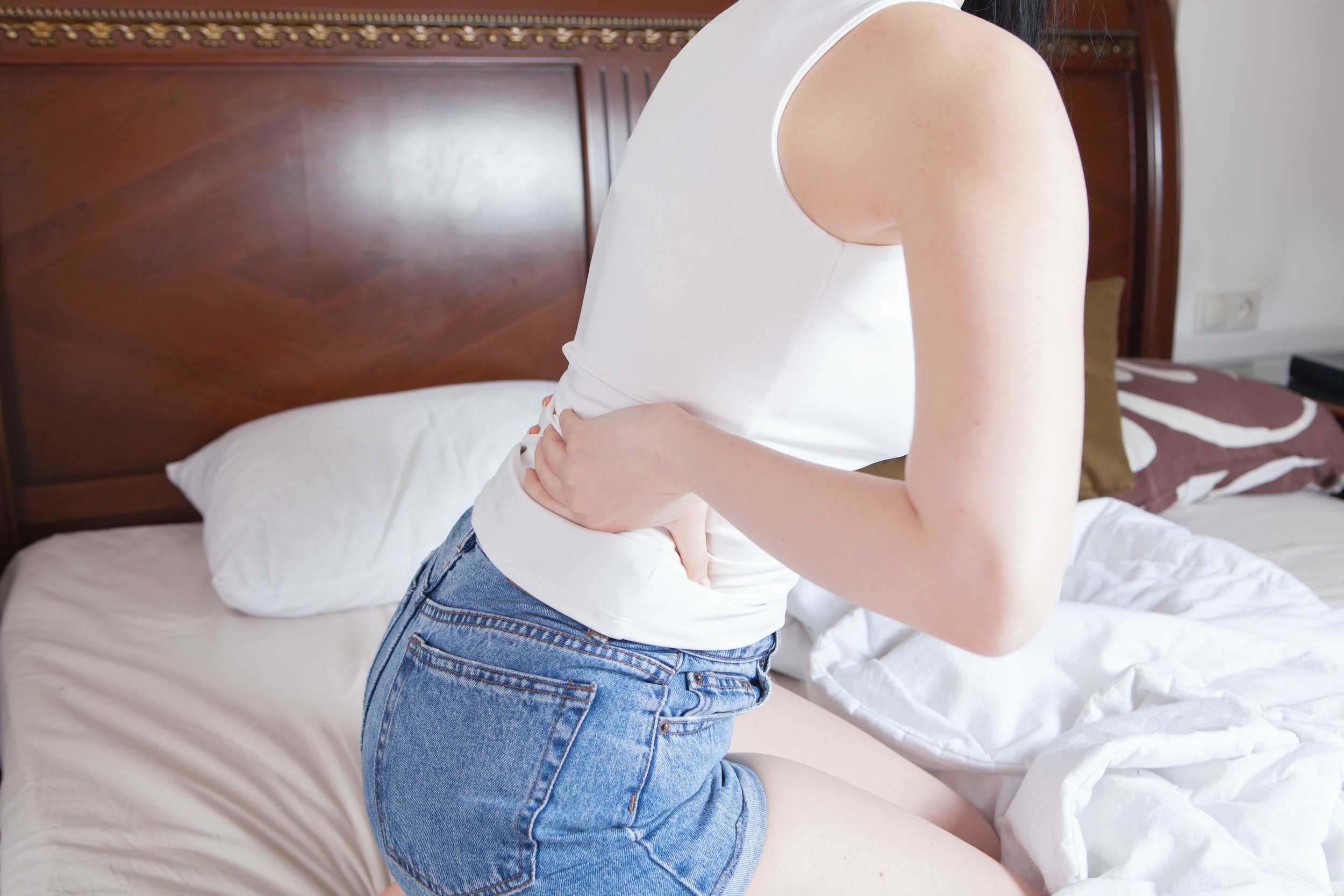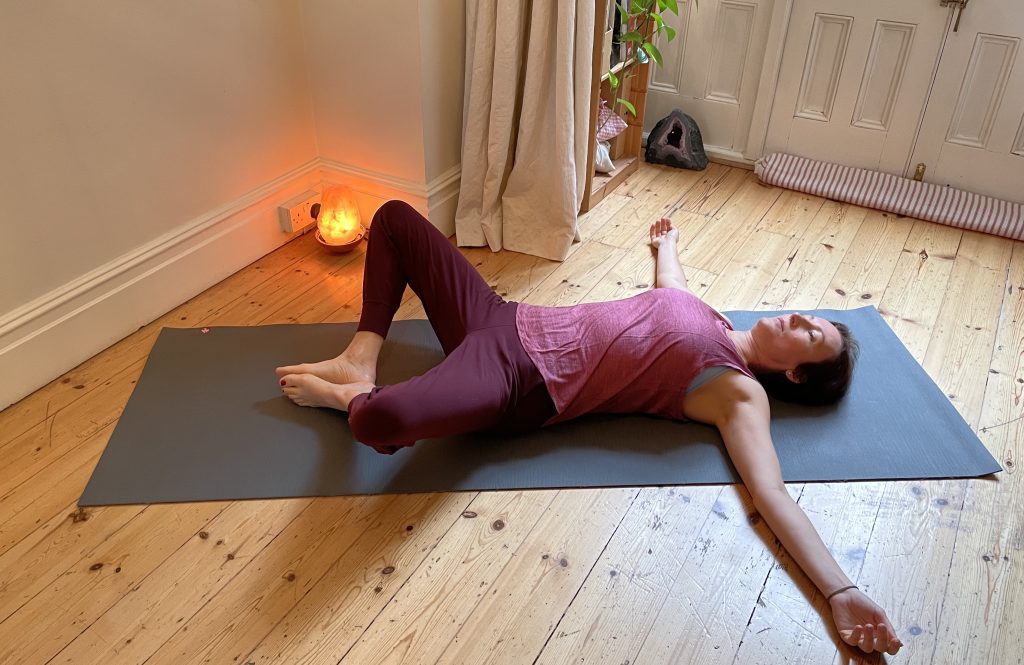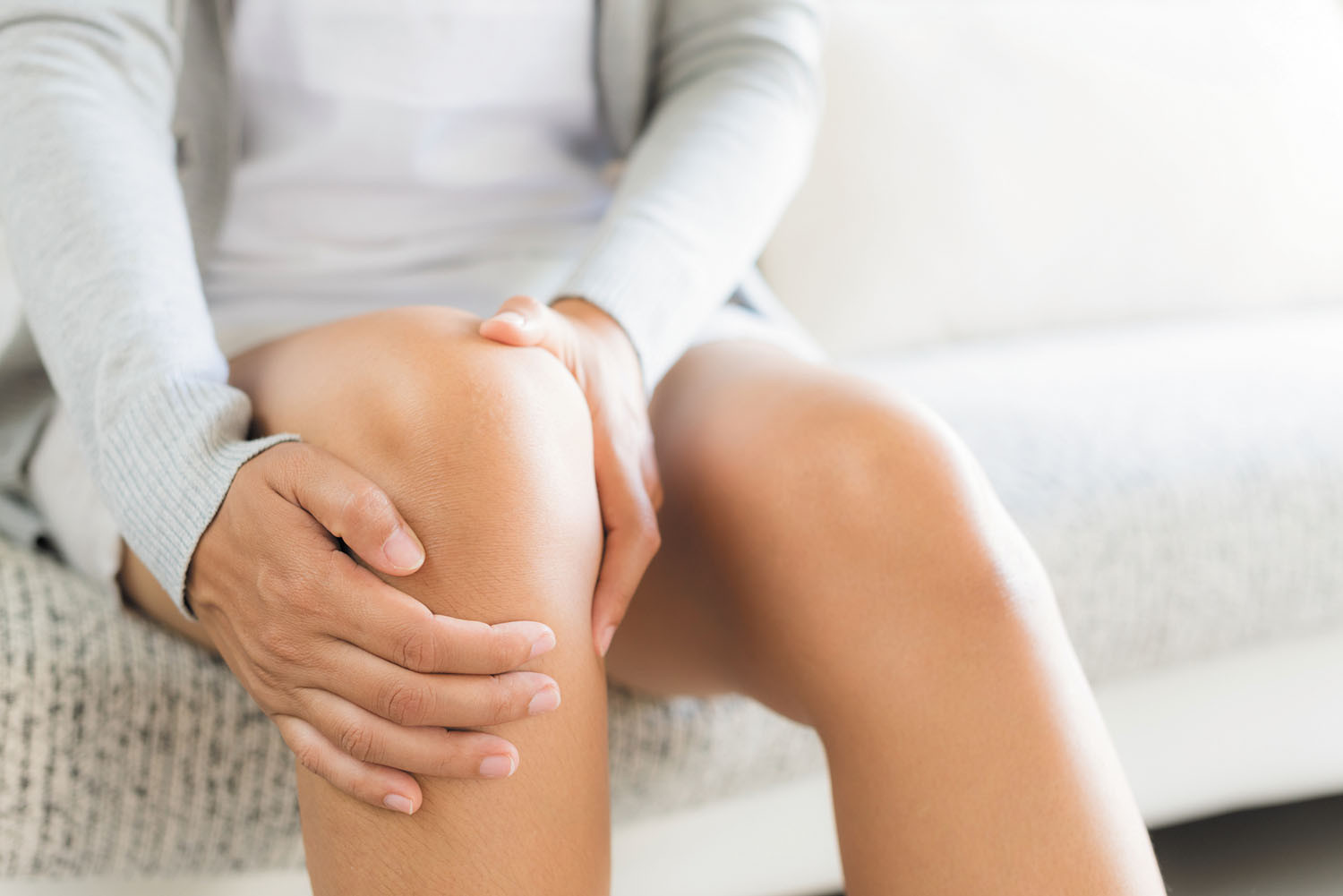Contents
Can Menopause Cause Hip And Leg Pain?
Yes, menopause can contribute to hip and leg pain in several ways:
-
Decreased Estrogen: During menopause, estrogen levels decline significantly. Estrogen plays a role in maintaining bone density and muscle strength. This decrease can lead to weaker bones and muscles, making them more susceptible to pain and injury.
-
Joint Changes: Estrogen also helps keep joints lubricated. Lower estrogen levels can lead to stiffer joints and a condition called osteoarthritis, which causes pain, inflammation, and stiffness in the joints, including the hips and knees.
-
Muscle Loss: Along with weaker muscles, menopause can also lead to a decrease in muscle mass. This can reduce support for the joints, leading to increased stress and pain in the hips and legs.
-
Increased Risk of Tendinitis: Tendons are the tissues that connect muscles to bones. With weaker muscles and changes in joint mechanics due to lower estrogen, there’s a higher risk of developing tendinitis, which is inflammation of the tendons, causing pain around the hip joint.
Here are some specific types of hip and leg pain that can be associated with menopause:
-
Greater Trochanteric Pain Syndrome (GTPS): This is a common cause of lateral (outer) hip pain in postmenopausal women. It’s caused by inflammation of the tendons that attach the gluteal muscles to the hip bone.
-
Stress Fractures: Weaker bones due to lower estrogen can make them more prone to stress fractures, especially in the hips and legs.
-
Arthritis: Menopause can worsen pre-existing osteoarthritis or increase the risk of developing it in the hips and knees.
Common Symptoms Of Hip Pain During Menopause
During menopause, women may experience various forms of discomfort and pain, including hip pain, which can significantly affect daily activities and quality of life. Here are some common symptoms associated with hip pain during menopause:

1. Joint Stiffness
One of the most common symptoms is a stiffness in the hip joints, especially after periods of inactivity or upon waking in the morning. This stiffness can gradually decrease with movement as the day progresses.
2. Aching Pain
Women may experience a constant or intermittent aching pain in the hips. This pain can also radiate to surrounding areas such as the groin, thigh, or buttocks.
3. Reduced Range of Motion
Hip pain during menopause can lead to a decreased range of motion in the hip joint. Activities that require bending or twisting at the hip, such as putting on shoes, may become difficult.
4. Pain During Movement
Pain is often felt during movement, especially during activities that involve the hip joint, such as walking, climbing stairs, or exercising. This pain can be sharp and sudden, making it difficult to engage in physical activity.
5. Increased Pain in Cold or Damp Weather
Many women report that their hip pain worsens in cold or damp weather. This symptom can be attributed to the barometric pressure changes affecting the hip joint and surrounding tissues.
6. Swelling and Tenderness
In some cases, there may be swelling around the hip joint or tenderness when touched. This could be due to inflammation in the hip area.
7. Limping
Due to the discomfort and pain, a woman might develop a limp as a way of minimizing the stress on the painful hip.
8. Night Pain
Hip pain during menopause can also disturb sleep patterns. The pain may become more noticeable at night and can disrupt sleep.
9. Crepitus
Some women may experience a sensation or sound of grinding, clicking, or cracking when the hip joint moves. This condition, known as crepitus, results from the rubbing of cartilage in the joint due to wear or inflammation.
How To Avoid Gluteal Tendinopathy During Menopause?
Here are strategies to help prevent and manage gluteal tendinopathy during menopause:

1. Maintain a Healthy Weight
Excess body weight can increase the strain on your gluteal tendons. Maintaining a healthy weight through a balanced diet and regular exercise helps reduce this strain and lowers the risk of tendinopathy.
2. Strengthen Hip and Gluteal Muscles
Strong hip and gluteal muscles can support and stabilize your hips and pelvis, decreasing the load on your tendons. Incorporate exercises that target these areas, such as:
- Squats
- Lunges
- Hip bridges
- Clamshells
- Resistance band exercises for hip abduction
3. Improve Flexibility and Mobility
Tight muscles can contribute to tendinopathy by placing more tension on the tendons. Regular stretching and mobility exercises can help improve flexibility and reduce tension. Focus on stretches that target the hip flexors, hamstrings, and quadriceps.
4. Avoid High-Impact Activities
High-impact activities, such as running or jumping, can exacerbate tendinopathy symptoms. Opt for low-impact exercises like walking, swimming, or cycling, which are easier on the joints and tendons.
5. Modify Activity Levels
If you start experiencing symptoms of tendinopathy, it’s important to modify your activity levels to allow for recovery. This doesn’t mean you need to stop being active, but rather adjust the intensity, duration, and type of activities to reduce stress on the affected tendons.
6. Use Proper Footwear
Wearing supportive footwear that provides good arch support and cushioning can help reduce the load on your lower limbs, including your gluteal tendons.
7. Manage Menopausal Symptoms
Since hormonal changes during menopause can affect tendon health, managing these hormonal fluctuations may help. Discuss options with your healthcare provider, which may include hormone replacement therapy (HRT) or other medical treatments that can help manage menopause symptoms and potentially reduce the risk of tendinopathy.
8. Consider Physical Therapy
A physical therapist can provide personalized exercises and advice on activity modification, pain management, and injury prevention. They can also help with techniques such as manual therapy to improve tendon function and reduce pain.
9. Regular Medical Check-ups
Regular visits to your healthcare provider for comprehensive check-ups can help you manage menopause symptoms and address any musculoskeletal issues early on. They can also guide you on supplements like vitamin D and calcium, which are important for bone and muscle health.
Frequently Asked Questions
Can menopause cause hip and leg pain?
Yes, hormonal changes during menopause can lead to hip and leg pain, particularly Gluteal tendinopathy. Declining estrogen levels, dehydration, postural changes, inadequate magnesium absorption, and altered blood circulation can contribute to leg discomfort.
How can weight redistribution impact pain during menopause?
Weight redistribution during menopause can add stress on joints causing pain especially in legs and hips. Additionally, it may increase the risk of Restless Leg Syndrome.
How can we manage weight regulation during menopause?
Adopting a healthy diet and lifestyle can help manage weight during menopause. Intake of probiotics can also be beneficial in regulating weight.
Why is early recognition of signs important during menopause?
Recognizing early signs of menopausal symptoms (like hip and leg pain) allows for immediate steps to be taken to manage them. This approach ensures that the discomfort is mitigated at the earliest and prevents the development of further complications.
I am a medical student with experience and interest in Women’s health and well-being.
